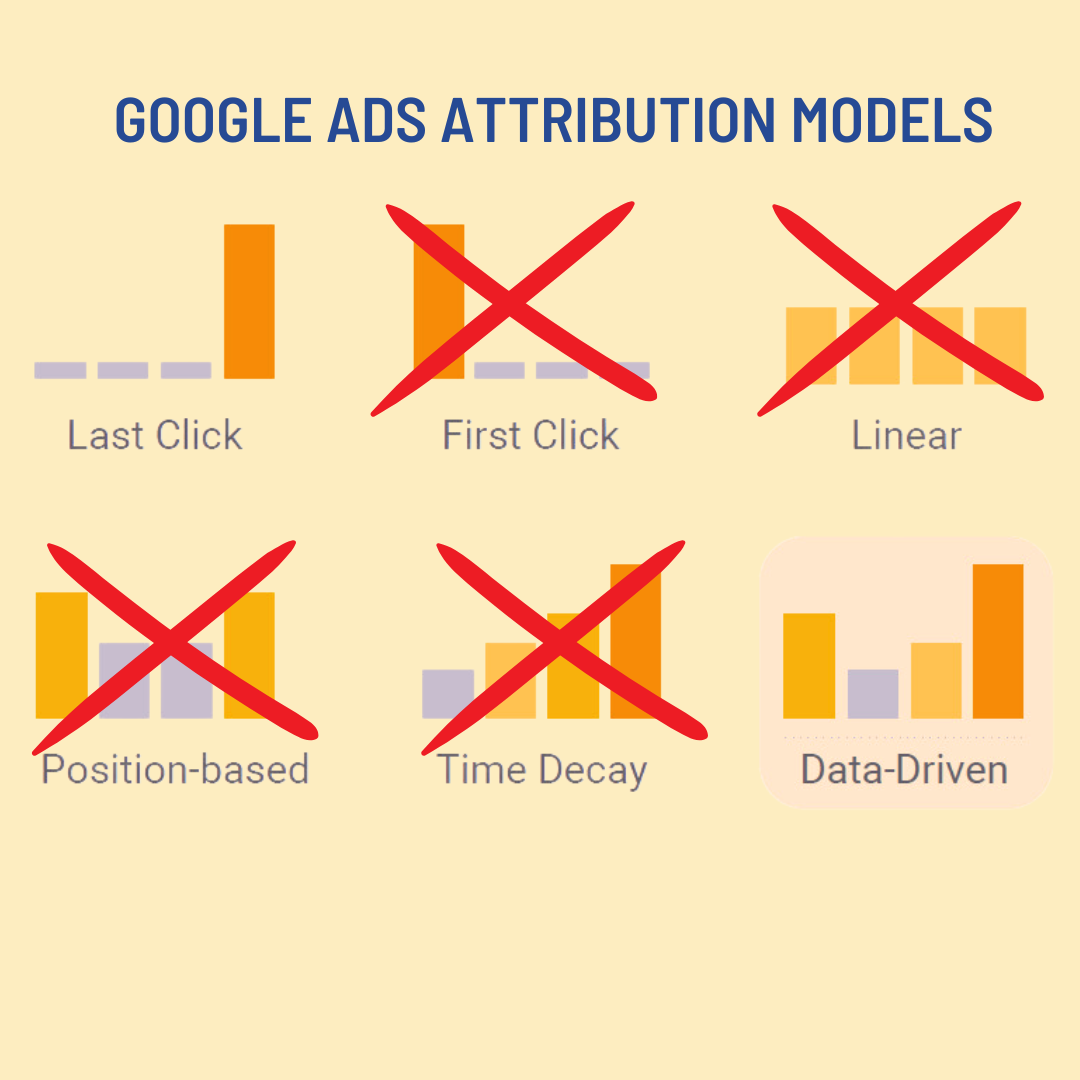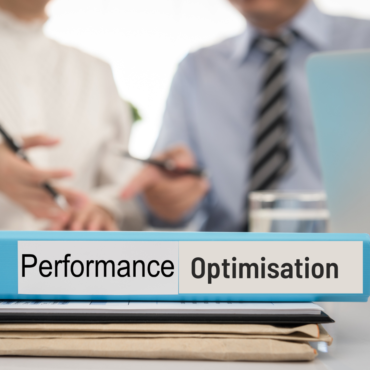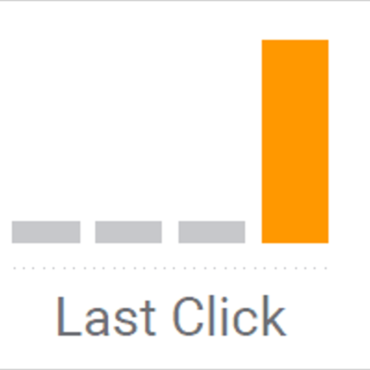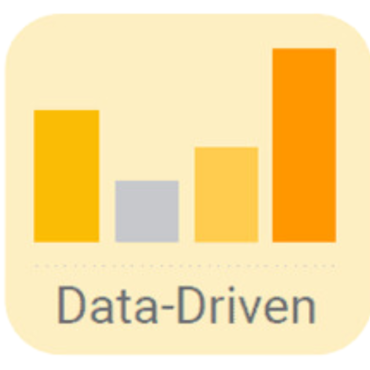Adapting to Change: Google’s Decision to Remove 4 Attribution Models for Advertisers
Right Shout
In Uncategorized Posted April 28, 2023
The world of digital marketing is constantly evolving, and Google’s recent announcement to remove four attribution models from its platform has sent ripples through the advertising industry.
For Google Ads accounts, time decay, linear, first click, and position-based models will be unavailable for any new conversion actions. If you have conversion actions that are already using these models, Google confirmed any conversion action using the near-deprecated models will automatically convert to the data.
As businesses adapt to this change, understanding the implications and alternatives is crucial for continued success. In this blog post, we’ll explore the details behind Google’s decision, the models being removed, and the potential impact on advertisers.
The Attribution Models In Google Ads Being Removed
Google has decided to remove four of its attribution model, which are:
1. Linear
2. Time Decay and position based
3. Position-Based
4. First Interaction

These models have been popular among advertisers for allocating credit for conversions across multiple touchpoints in a user’s journey.
We’ll delve into the reasons behind this move and discuss the remaining attribution options for advertisers.
Why Google Ads Is Removing These Models?
Google Ads decision to eliminate these attribution model stems from a few key factors:
Simplification:
By removing these models, Google Ads aims to streamline the options available to advertisers, making it easier for them to make informed decisions about their campaigns.

Data Privacy:
As concerns surrounding user privacy grow, Google is taking steps to limit the amount of data collected and processed by their platforms.

Shift in focus:
Google Ads wants advertisers to focus on performance and optimization, rather than splitting their attention across multiple attribution model.

The Impact on Advertisers
While the removal of these models might initially be concerning for advertisers, there are still several rules based attribution models options available:
Last Interaction:
This model assigns 100% credit to the last touchpoint before a conversion, making it a straightforward option for businesses to track their success.
Last Non-Direct Click:
This model gives 100% credit to the last non-direct click before a conversion, ensuring that direct traffic doesn’t overshadow the role of marketing efforts.

Data-Driven Attribution:
Using machine learning algorithms, this model assigns credit for conversions based on the actual performance of each touchpoint in the user journey.

How Advertisers Can Adapt?
Despite the removal of these four attribution models, businesses can continue to thrive by:

1. Analyzing and understanding the remaining attribution models to determine which best fits their marketing strategy.
2. Embracing data-driven attribution to capitalize on Google Ad’s powerful machine learning capabilities.
3. Continuously optimizing campaigns for better performance by focusing on the metrics that matter most to their business.
Conclusion
In conclusion, Google’s decision to remove four attribution models for advertisers marks a significant shift in the digital marketing landscape.
As the industry moves away from rules-based attribution models like click linear time decay and position-based models, it’s essential for businesses to adapt to the changes in Google Analytics and Google Ads. By focusing on the remaining attribution models, particularly the data-driven attribution model, advertisers can harness the power of Google AI and automated bidding to optimize their campaigns.
It’s crucial to stay informed and updated on the evolving consumer journeys and the sunset timeline of the deprecated models to ensure a smooth transition.
This blog post has provided an overview of the changes and offered insights on how to navigate the new advertising touchpoint landscape while maintaining a strong liaison between Google Ads and Analytics.
FAQs
Q: Why has Google Ad decided to remove four attribution models from its platform?
A: Google Ad is removing the Linear, Time Decay, Position-Based, and First Interaction attribution models for three main reasons: simplification, data privacy, and a shift in focus.
By streamlining the options available to advertisers, Google Ad aims to make it easier for them to make informed decisions about their campaigns.
Additionally, the change aligns with growing concerns surrounding user privacy and encourages advertisers to concentrate on performance and optimization.
Q: Which attribution models will still be available after the removal?
A: After the removal of the four mentioned models, advertisers will still have access to the following attribution models: Last Interaction, Last Non-Direct Click, and Data-Driven Attribution. These models will provide businesses with ample options to track and analyze their marketing efforts.
Q: How will the removal of these attribution models impact my advertising strategy?
A: While the removal of these models may require some adjustments, it shouldn’t have a significant negative impact on your advertising strategy.
By understanding the remaining attribution models and selecting the one that best fits your goals, you can continue to track and optimize your campaigns effectively.
Q: Is Data-Driven Attribution a better alternative to the removed models?
A: Data-Driven Attribution can be a powerful alternative, as it uses machine learning algorithms to assign credit for conversions based on the actual performance of each touchpoint in the user journey. By relying on data and analytics, this model can help you make more informed decisions about your marketing efforts and optimize your campaigns accordingly.
Q: How can I prepare my business for this change in attribution models?
A: To prepare for this change, you should begin by analyzing and understanding the remaining attribution models, including their advantages and disadvantages. Embrace Data-Driven Attribution if it aligns with your marketing strategy, and focus on optimizing your campaigns based on the metrics that matter most to your business. By being proactive and adapting to the changing landscape, you can ensure continued success in the world of online marketing.
Q: What attribution model does Google Analytics 4 use?
A: Data driven cross-channel model. GA4 uses a standard data-driven cross-channel model for reporting attribution.
What Marketers Think ?
Why:
— AdsLiaison (@adsliaison) April 6, 2023
Use of rules-based attribution models has dropped significantly with the introduction of DDA 3 years ago.
Fewer than 3% of conversion actions in Google Ads use them now. DDA has the broadest adoption & is available to all businesses, with no data requirements.
Using DDA on all my clients conversions google Ads for about a year now. Surprised people find this “new”
— Joe May (@JoeMayLI) April 7, 2023
This is a terrible decision! While DD should be used for optimization, viewing data with these other models can provide useful insights.
— David Kyle | davidkyle.x (@DavidKyle) April 7, 2023





